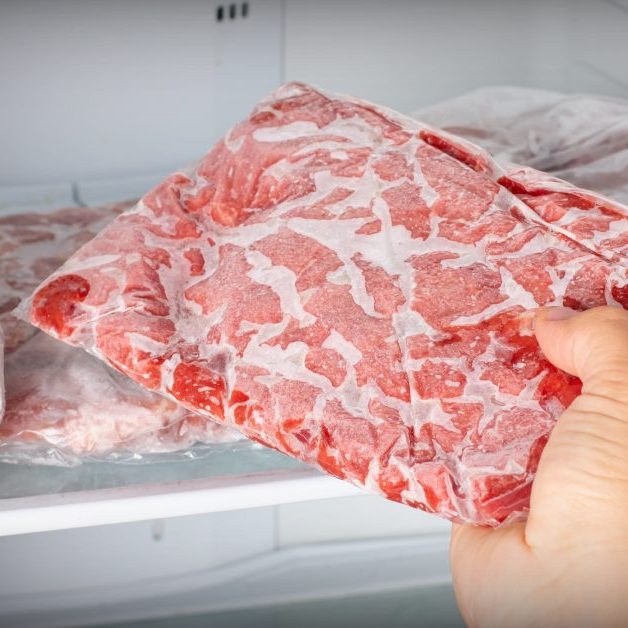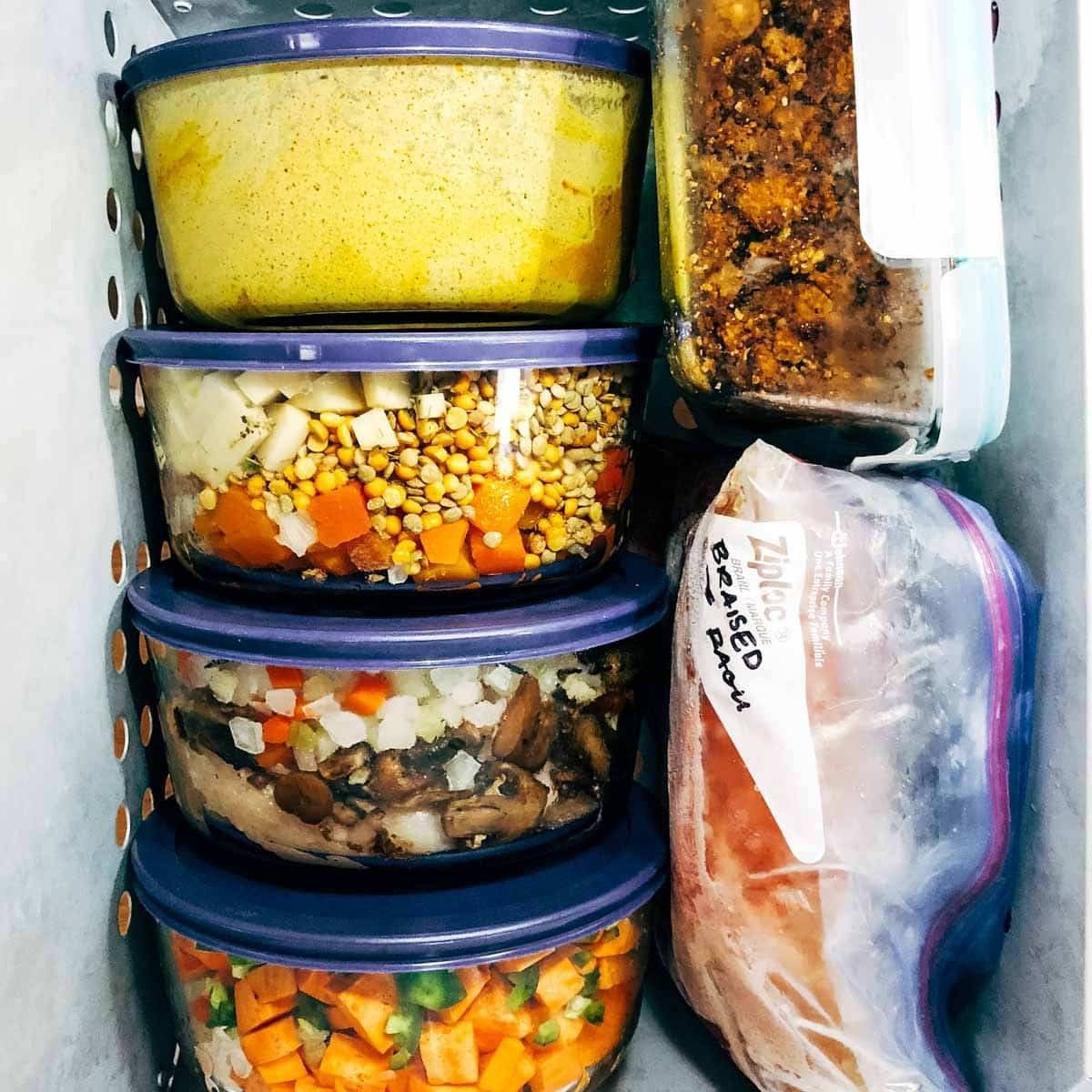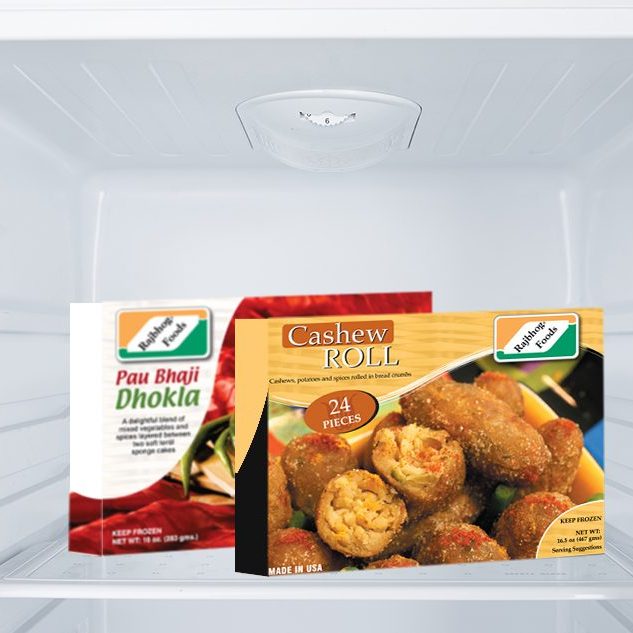Introduction to Defrosted Ready Meals
Defrosted ready meals are convenient options for busy individuals and families. They require minimal preparation and can save significant time in the kitchen. However, it’s essential to understand the correct handling of these meals, especially regarding food safety. One critical aspect is knowing how long a defrosted ready meal can be safely kept in the fridge after thawing.
Knowing how to properly store defrosted meals is vital to prevent foodborne illnesses. Some bacteria can multiply quickly in improperly stored food, leading to health risks. By being aware of proper storage practices, consumers can ensure the safety and quality of their food. This article will explore the recommended guidelines for storing defrosted ready meals, factors affecting their shelf life, signs of spoilage, and best practices for safe food storage.

Understanding Freezing and Thawing
The Freezing Process
Freezing ready meals is an effective method for preserving freshness, texture, and flavor. When food is frozen, the low temperatures halt bacterial growth and enzyme activity, allowing meals to be stored for extended periods. This process also locks in nutrients, ensuring meals remain healthful even after long storage times.
However, while freezing halts deterioration, it does not eliminate existing bacteria. As a result, the proper preparation and freezing techniques are essential. Ready meals should be promptly frozen after cooking or purchase to minimize bacterial growth. Using airtight containers or freezer bags can help prevent freezer burn and preserve the quality of the meal.
Proper Thawing Methods
Defrosting ready meals must be done safely to reduce health risks. The safest methods include thawing in the refrigerator, using a microwave, or running cold water over the sealed meal. Thawing in the refrigerator is the best practice, as it keeps the temperature low, preventing bacterial growth.
Once a meal is thawed in the refrigerator, it should be kept at a temperature below 40°F (4°C) to maintain safety. This temperature slows bacteria growth, allowing the meal to remain safe for consumption for a limited time. Avoid thawing ready meals at room temperature, as this increases the risk of bacterial growth and foodborne illness.

Recommended Storage Time for Defrosted Ready Meals
Safe Timeframes for Refrigeration
Once a ready meal has been defrosted in the refrigerator, a general guideline is to consume it within 3 to 4 days. This timeframe allows for safe consumption, as long as the meal is kept at the appropriate temperature. Following this guideline ensures that the meal retains its flavor and texture while minimizing the risk of foodborne illnesses.
After this period, the likelihood of spoilage increases, and the risk of bacteria multiplying rises. It is important to mark the date of defrosting on the container to track how long the meal has been stored. Keeping a food diary or checklist can help maintain organization and safety in the kitchen.
Factors Affecting Shelf Life
Several factors can influence how long a defrosted ready meal can be kept in the fridge. The first factor is the type of food. Meals with high acidity, such as tomato-based dishes, may last longer than cream-based dishes. Additionally, ready meals with preservatives may have a slightly longer shelf life than fresh-made options.
Another factor is how the meal was handled prior to refrigeration. If the meal was left out at room temperature for an extended period before being stored, the shelf life may be shorter. Temperature fluctuations can also affect stored meals. It is crucial to keep the fridge at a consistent temperature below 40°F (4°C) for optimal storage.

Signs of Spoilage in Defrosted Ready Meals
Visual and Textural Changes
Identifying signs of spoilage is essential for food safety. Visual changes can indicate that a defrosted ready meal is no longer safe to eat. For example, discolored patches, visible mold, or an overly watery texture may suggest spoilage. If the meal appears dull or has changed color from the time of preparation, it may be best to discard it.
Texture changes can also signal spoilage. If the meal feels slimy or excessively dry when reheated, it may no longer be safe to consume. Trusting your senses – sight, smell, and touch – can help assess the quality of the meal before consumption.
Smell and Taste Indicators
Another critical aspect to consider is smell. If the defrosted meal emits an off or sour odor, it may indicate spoilage. Bad odors often result from bacterial growth or other chemical changes within the food. In such cases, it is best to discard the meal rather than taste it, as consuming spoiled food can lead to severe gastrointestinal issues.
While tasting a small amount may seem like a way to check for spoilage, it is risky. If in doubt, it is always safer to throw the meal away than to take chances with foodborne illnesses. Practicing caution and being vigilant about food safety is essential for maintaining health and well-being.
Best Practices for Storing Defrosted Ready Meals
Proper Packaging Techniques
To ensure a longer shelf life, proper packaging of defrosted meals is important. Use airtight containers or re-sealable freezer bags when storing them in the fridge. This approach helps to minimize air exposure, which can lead to spoilage and odors. Containers should be clean and dry before use to prevent contamination.
It is also advisable to portion meals into smaller servings before freezing, as this makes reheating easier and reduces the necessity to thaw an entire meal at once. Using clear labels that indicate the contents and date helps keep track of storage times and makes meal planning more efficient.
Reheating Guidelines
Proper reheating methods can help maintain both the safety and flavor of defrosted meals. When reheating, utilize a microwave, oven, or stovetop. Ensure that the meal reaches an internal temperature of 165°F (74°C) to effectively kill any potential bacteria. Using a food thermometer can help you check that the desired temperature has been reached.
In some cases, it might be better to reheat only the portion you plan to eat, preserving the quality of the remaining meal. Avoid refreezing previously defrosted meals, as repeated temperature fluctuations can increase the risk of spoilage. Following these reheating tips ensures that meals remain delicious, safe, and nutritious.
The Environmental Impact of Food Storage Practices
Reducing Food Waste
Practicing proper storage and knowledge about defrosted ready meals not only impacts personal health but also plays a significant role in reducing food waste. According to the Food and Agriculture Organization (FAO), roughly one-third of all food produced for human consumption is wasted each year. By being mindful of how long a defrosted ready meal can stay in the fridge, consumers can make more informed decisions about when to eat or discard their food.
Reducing food waste is crucial for the environment. When food is thrown away, it not only represents lost resources such as water, land, and labor but also contributes to greenhouse gas emissions. As decomposing food in landfills releases methane, a potent greenhouse gas, it exacerbates climate change. By effectively managing the storage of defrosted meals and ensuring they are consumed within the recommended timeframe, individuals can contribute to minimizing this environmental issue. Prioritizing the consumption of existing meals can help create a culture of sustainability, where food is cherished rather than discarded.
Sustainable Food Storage Solutions
The push towards sustainability has also influenced how ready meals are stored and packaged. Many brands now use eco-friendly materials for packaging, reducing plastic waste. Consumers are increasingly encouraged to adopt sustainable practices, such as reusing containers or investing in glass storage solutions. Unlike plastic, glass can be recycled indefinitely and has a lower environmental footprint in terms of waste generation.
Additionally, eco-conscious consumers are turning to home freezing techniques to extend the shelf life of meals while minimizing packaging waste. By using reusable silicone bags or glass containers with airtight seals, they can effectively freeze portions without relying on single-use products. This sustainable approach to food storage protects both personal health and the environment. The awareness of the impact of food storage and preservation methods fosters a more responsible mindset toward food consumption and waste management.
Conclusion: Safe Practices for Enjoying Defrosted Ready Meals
In conclusion, understanding the proper handling of defrosted ready meals is essential for food safety. Once thawed, these meals can be kept in the refrigerator for 3 to 4 days, provided they are stored correctly. Awareness of the factors that affect shelf life, along with recognizing signs of spoilage, enhances your ability to enjoy meals while minimizing food waste.
Employing best practices for food storage, packaging, and reheating will help you maintain the quality and safety of defrosted meals. This knowledge is especially valuable for busy individuals and families who rely on ready meals for convenience. Being informed allows you to take full advantage of these time-saving options while ensuring health and safety for you and your loved ones.
By adopting safe practices for handling defrosted ready meals, home cooks can confidently enjoy the convenience of prepared foods without compromising health standards. Ultimately, proper food safety leads to a more enjoyable and healthy eating experience, making it easier to integrate these meals into everyday life.


